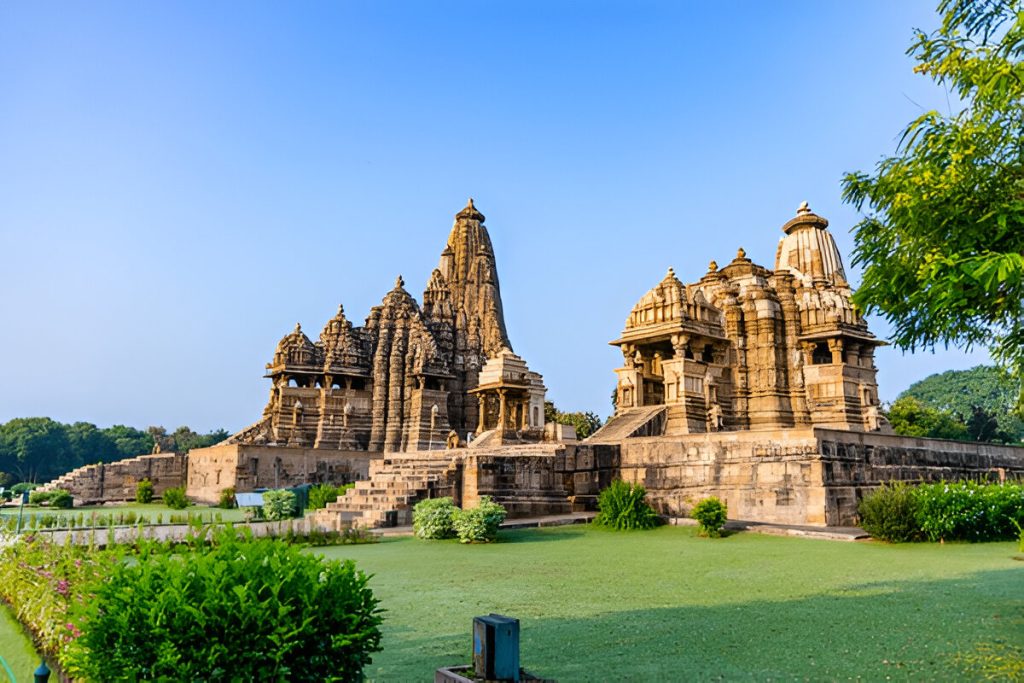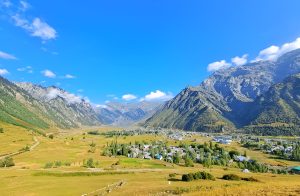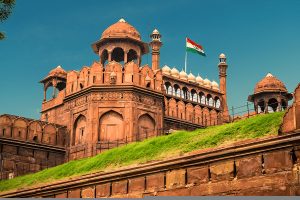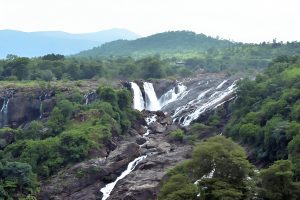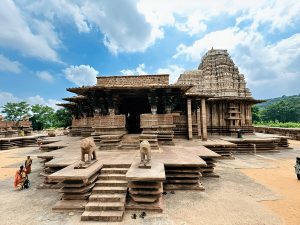Nestled in the heart of Madhya Pradesh, the Khajuraho Temples stand as a stunning testament to India’s rich cultural and architectural heritage. Known for their exquisite sculptures and intricate carvings, these temples are a window into the artistic and spiritual lives of ancient Indian society. A UNESCO World Heritage Site, Khajuraho is a place where art and devotion merge into timeless beauty.
A Glimpse into History
The temples of Khajuraho were built between 950 and 1050 AD by the Chandela dynasty, a powerful Rajput clan that ruled central India. Originally, there were 85 temples spread over 20 square kilometers, but only around 25 have survived the test of time. Despite invasions and centuries of neglect, these temples continue to captivate scholars, travelers, and spiritual seekers .

Architecture and Layout
Khajuraho’s temples are primarily grouped into three clusters:
- Western Group (most famous and well-preserved)
- Eastern Group
- Southern Group
These temples are primarily built from sandstone, assembled without mortar, relying on precision-cut interlocking stones. The architecture follows the Nagara style, characterized by curvilinear towers (shikharas), intricate carvings, and a strong emphasis on verticality—symbolizing the ascent towards the divine.
The Iconic Sculptures
What makes Khajuraho truly world-famous are its erotic sculptures, which adorn the outer walls of many temples. These are not merely sensual depictions; they are part of a broader spiritual narrative. The carvings cover themes from daily life, mythology, war, musicians, dancers, and scenes from the Kama Sutra.
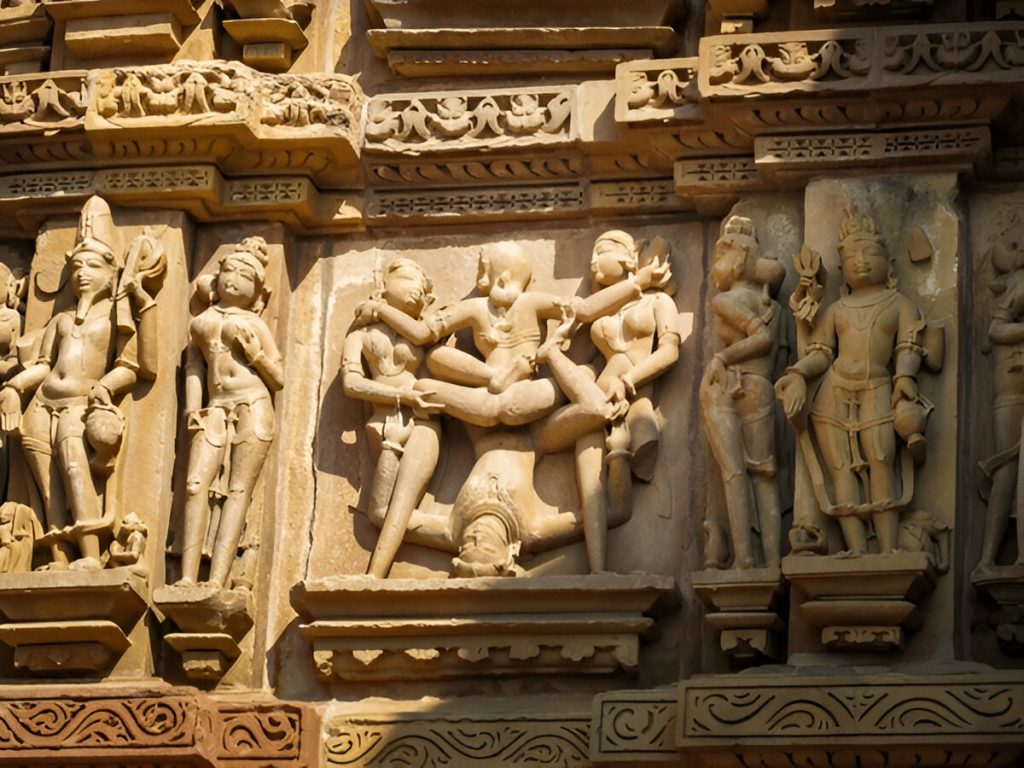
Contrary to popular belief, only about 10% of the sculptures are erotic. Scholars interpret them as metaphors for the cycle of life, highlighting the importance of kama (pleasure) as one of the four Purusharthas (goals of life), alongside dharma (duty), artha (prosperity), and moksha (liberation).
Must-Visit Temples
- Kandariya Mahadeva Temple: The largest and most ornate, dedicated to Lord Shiva. Its tower rises to 31 meters and is covered in more than 800 sculptures.
- Lakshmana Temple: One of the oldest, showcasing detailed scenes of Vishnu avatars.
- Chitragupta Temple: Unique for being dedicated to Surya, the sun god, featuring a stunning idol and celestial depictions.
- Parsvanath Temple (Eastern Group): A Jain temple known for its incredible artistry and non-erotic sculptures.
How to Reach
- By Air: Khajuraho has a domestic airport with connections to Delhi and Varanasi.
- By Train: Connected to major cities like Jhansi and Satna.
- By Road: Easily accessible via well-maintained roads from cities like Khajuraho town, Satna, and Jhansi.
Best Time to Visit
Visit between October and March when the weather is pleasant. The Khajuraho Dance Festival, held in February, is a spectacular celebration of classical Indian dance against the temple backdrop.

Final Thoughts
Khajuraho is more than just a collection of ancient temples—it’s a celebration of life, art, and the divine. Whether you’re a history buff, an art lover, or a spiritual traveler, a visit here offers profound insight into the complexities and beauty of Indian culture.
In Khajuraho, stone comes alive—not just in form, but in spirit.

